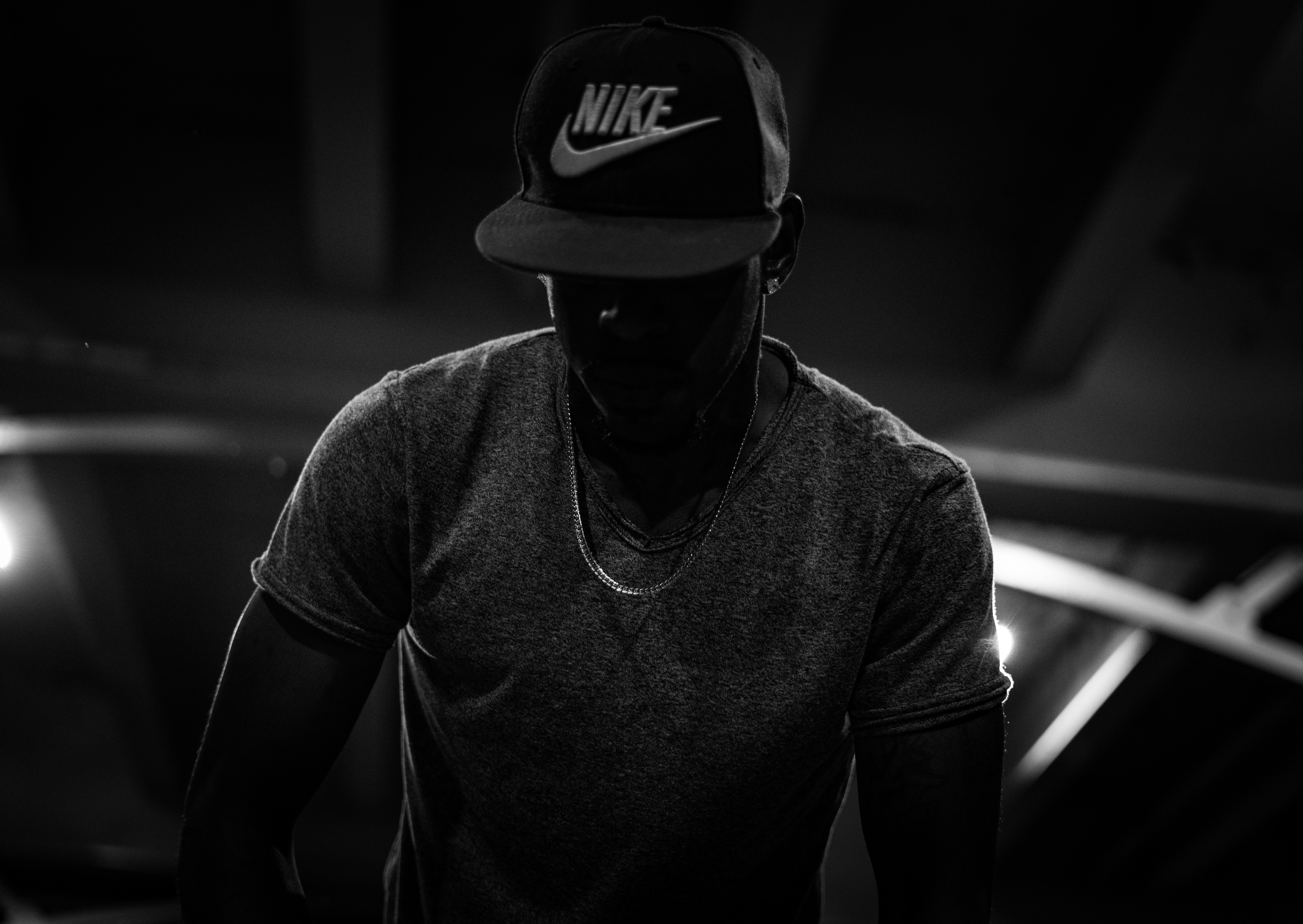When Nike introduced Colin Kaepernick as the face of its 30th Anniversary “Just Do It” Campaign in September, it was more than an announcement – it was an action. With the brand not only acknowledging an important ongoing issue and conversation, but taking a stand by providing a platform for some of the most vocal athlete activists today.

As a worldwide leader, Nike has long represented a diverse pool of professional athletes, and has encouraged them to be true to who they are in sports and in life. Encouraged by Army vet Nate Boyer, Kaepernick’s decision to take a knee during the national anthem sparked emotions ranging from empathy and respect to hatred, so naturally, the Nike ad announcement rang loudly from major cities to rural America.
As creative marketers, we counsel clients to step out of their comfort zone, to be bold and take calculated risks with their brand campaigns. Nike’s latest move, and the consumer response, reiterates a simple and undeniable truth: America is a multicultural nation, and any effective brand strategy must be inclusive and culturally diverse.
In an era where one misstep can lead your brand spiraling down a slippery slope, brands that truly value and embrace diversity are the ones that will thrive in a multicultural United States. To be clear, it’s not just about including multicultural as an add on of your marketing strategy – it’s about making multicultural insights the foundation on which your entire brand strategy is built. Today, African Americans, Asian Americans and Hispanics represent approximately 40 percent of the U.S. population, and by 2044, the U.S. will be a majority multicultural nation. As brands continue to target their efforts toward Millennials, smart brands are focusing on multicultural Millennials, who spend more than $65 billion a year, and influence over $1 trillion in total consumer spending.
Nike is a brand that doesn’t just get it, they Just Do It. Nike’s iconic tagline is a universal message that echoes with consumers around the globe, and here at home in the U.S., connects multicultural Millennial consumers and the American Dream. While it’s not within every brand’s DNA to be bold and put themselves at the forefront of hot-button conversations (even Nike was aware of the potential for backlash), it is vital for brands to check the pulse of their audiences, to assess the opportunity and effectively weigh the risks vs. rewards.
As brands evaluate what they can do to embrace multicultural audiences, here are five takeaways from Nike’s campaign to help inform market strategy:
1. Diversity + decision making. No brand should begin to even brainstorm a multicultural outreach strategy without multicultural minds at the table. Nike’s 30th anniversary campaign showcases diversity, and it’s important to note why: the majority of the brand’s U.S. team are racially and ethnically diverse.
2. The power of the multicultural dollar. While initial reports cautioned the stock price and sales would be impacted, the finances said the opposite. In the 10 days since the ad premiered, Nike sold out of 61 percent more merchandise than the 10 days prior, while offering fewer discounted products. For the year, Nike’s stock is up 36 percent, performing better than any company listed on Dow’s index of 30 blue-chip stocks – adding nearly $6 billion to its market value.
3. The risk vs. the reward. In standing with activist athletes like Kaepernick, LeBron James and Serena Williams, Nike risked alienating some consumer segments and corresponding sales. While some chose to burn the merchandise they’d previously purchased, the “boycott” did not negatively impact sales. In fact, in under 24 hours since the spot debuted on Twitter, Nike generated over $43 million worth of media exposure, with mostly positive to neutral sentiment.
4. Put your money where your mouth is. This move was about more than just marketing for Nike and Kaepernick. A recent report shows that almost 40 percent of African American Millennials expect the brands they buy to support social causes. As more brands take a stand on social issues, it’s important these brands do more than provide cool creative and a trending tagline. Athletes have a deep history of social activism, and brands like Nike are going much further than an ad or slogan, standing with their partners and supporting their causes, including a contribution to his charity, Know Your Rights.
5. Recognize the power of Black Twitter. While Nike was bold in unveiling the new TV spots with Kaepernick during the NFL’s Sunday Night Football premiere, the decision to announce the ad campaign on Twitter was genius. Black Twitter quickly made it the trending topic of the day, with fans and celebrities chiming in with support. As the most influential social media community, Black Twitter keeps it unapologetically real, and is brutally honest with calling out brands when campaigns are anywhere from culturally insensitive to culturally clueless. With the power to make global brands pull major ad campaigns, Black Twitter is a cultural force that turns marketing mistakes into the world’s top trending topics, driving news cycles that lead to brands publicly apologizing, and rethinking their marketing and business models. Brands that continue to try and paint the multicultural consumer picture with one broad stroke, without digging deeper to understand the various cultural nuances, will be the crisis communications case studies of tomorrow.


